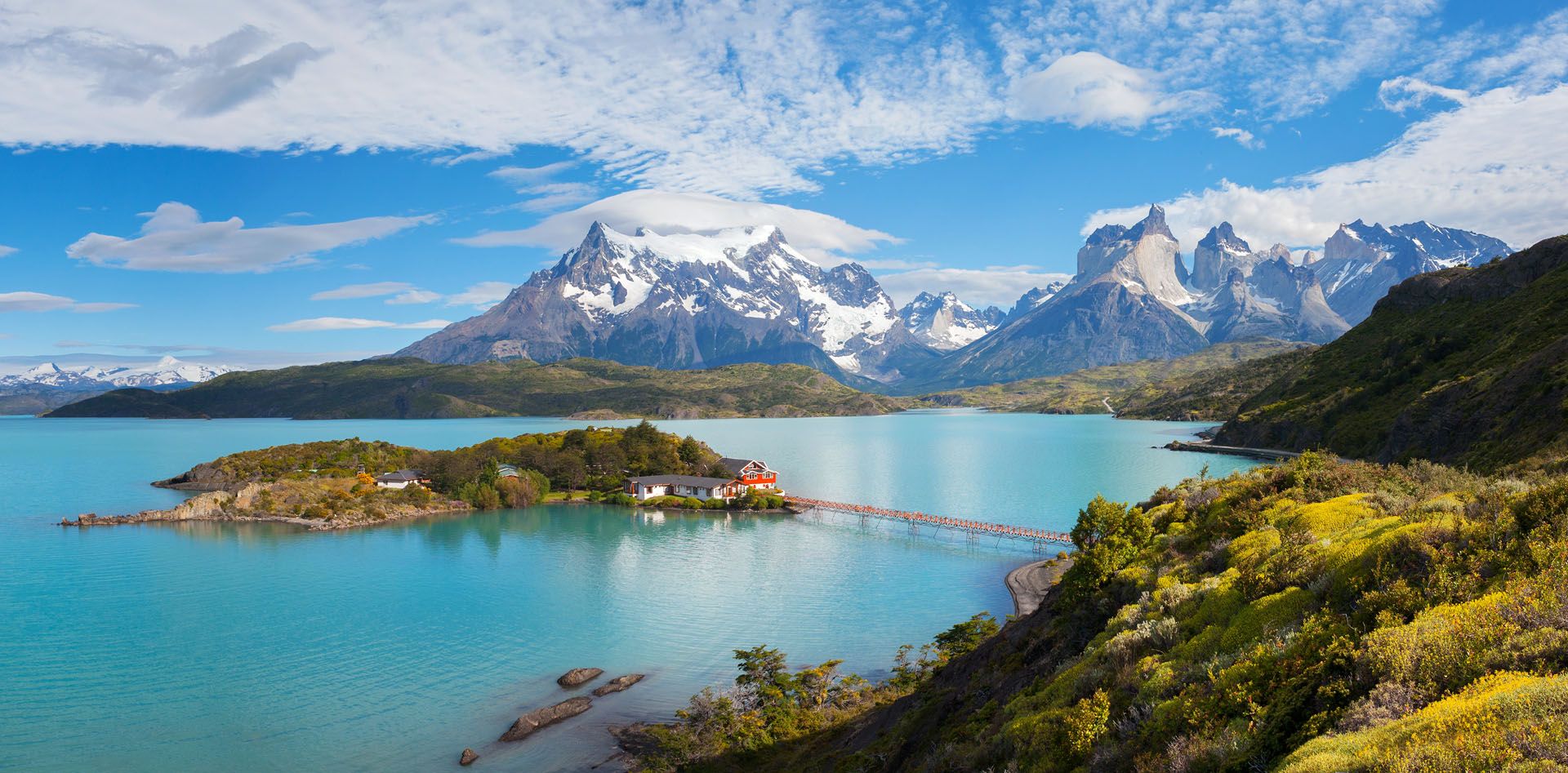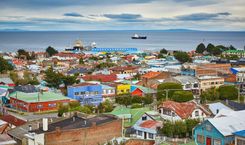8. Cerro Castillo National Park
Cerro Castillo National Park, located in Chile’s Aysén Region, is a striking and less-crowded alternative to Torres del Paine — a place of jagged peaks, glacial lagoons, alpine meadows and rich wildlife.
Its centerpiece, Cerro Castillo Mountain, resembles a stone fortress with steep, snow-streaked spires rising above turquoise lakes like Laguna Cerro Castillo.
The park is a haven for serious trekkers, with the multi-day Cerro Castillo Circuit (3–4 days) providing a challenging but rewarding experience with minimal crowds.
Meanwhile, shorter hikes, such as the route to the laguna viewpoint, offer equally breath-taking views.
How to get to Cerro Castillo National Park
Fly into Balmaceda Airport then drive or take a bus about 1.5 hours south along the Carretera Austral to the village of Villa Cerro Castillo.
From there, park access is nearby, with ranger stations and guided services available.
Ahead of planning how to get to some of the best national parks in Chile, wise up on getting to Chile.
9. Patagonia National Park
Patagonia National Park is one of the crown jewels of the Route of Parks — a vast landscape of windswept steppe, glacial rivers, snow-capped peaks, and remarkable biodiversity.
The park’s extensive trail network includes scenic day hikes like the Laguna Altas Trail and more rugged multi-day options.
With few crowds and an emphasis on conservation and sustainability, it’s a haven for hikers, birdwatchers, and nature photographers seeking Patagonia in its purest form.
How to get to Patagonia National Park
Fly into Balmaceda Airport near Coyhaique, then drive 6–7 hours south on the Carretera Australto Cochrane or the Valle Chacabuco entrance.


















